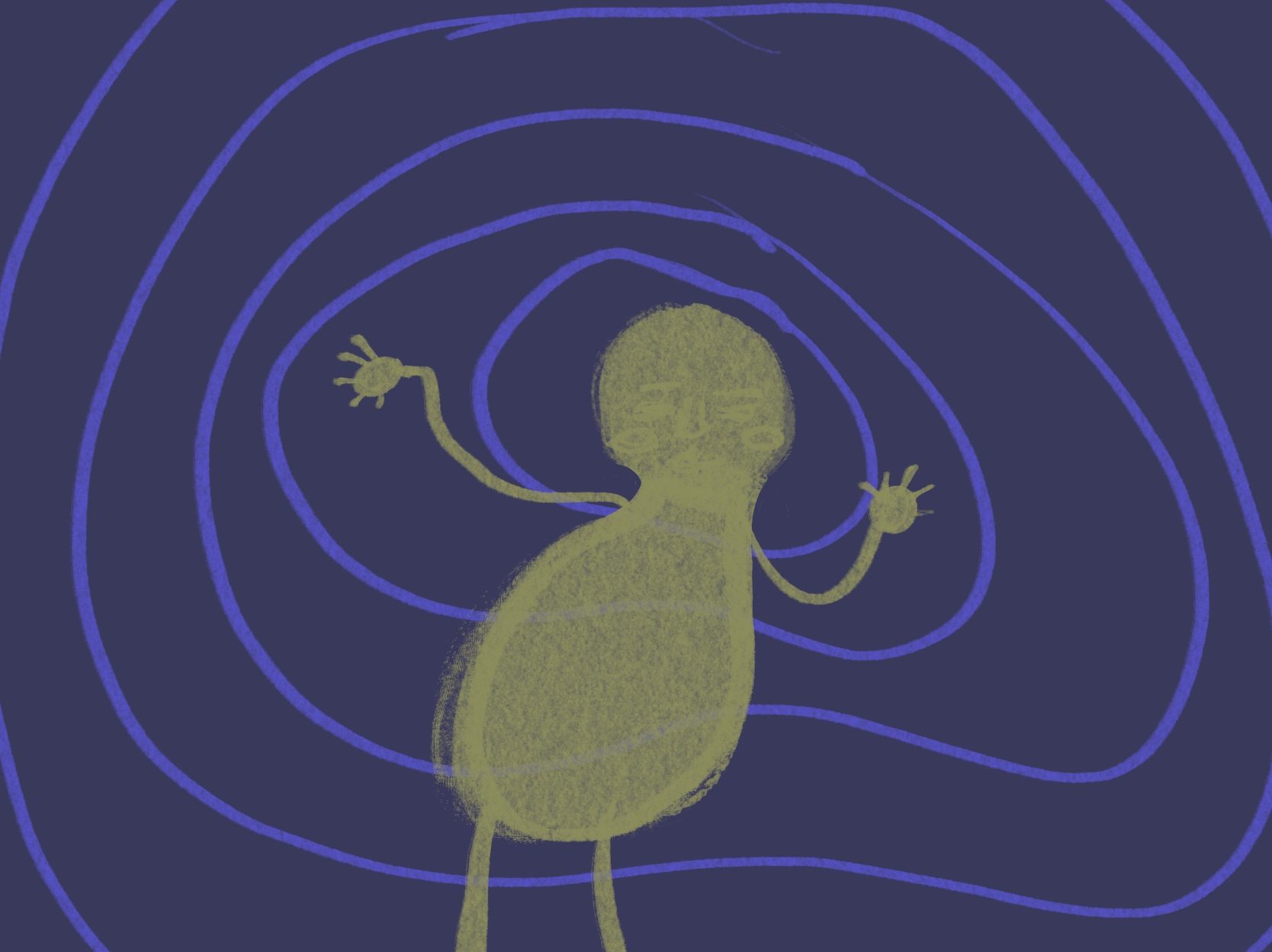We were asked to create a banner for St. John’s Community Centre in Cambridge. As resulted, I did a mind-map to find more ideas and to see what could be put on this banner.

I then moved on to thumbnails to get a very rough ideas of the composition and also to see what could be put on it.

I first thought of many things to be on there but then I realised it might not get people’s attention if there are to many images of whatever that will make it look too busy. Therefore, I decided to start on the outcome. These below were just some tryouts, I drew out an illustration of St. John’s community centre in which I like, thus I used it for every tryouts. I know that these tryouts including the final outcome have very different styles as I wanted to also explore on different ways and styles of the design.
After these two tryouts, I didn’t really like them, therefore, I went on Pinterest to find some more inspirations for the banner and I thought to myself, why don’t I try out brighter colours to attract the audience. As resulted, I used quite vibrant colours. Moreover, I have introduced a lot of the organic shapes as I felt the colours will suit more to the solid shapes instead of doing mainly collage or photomontage.










































